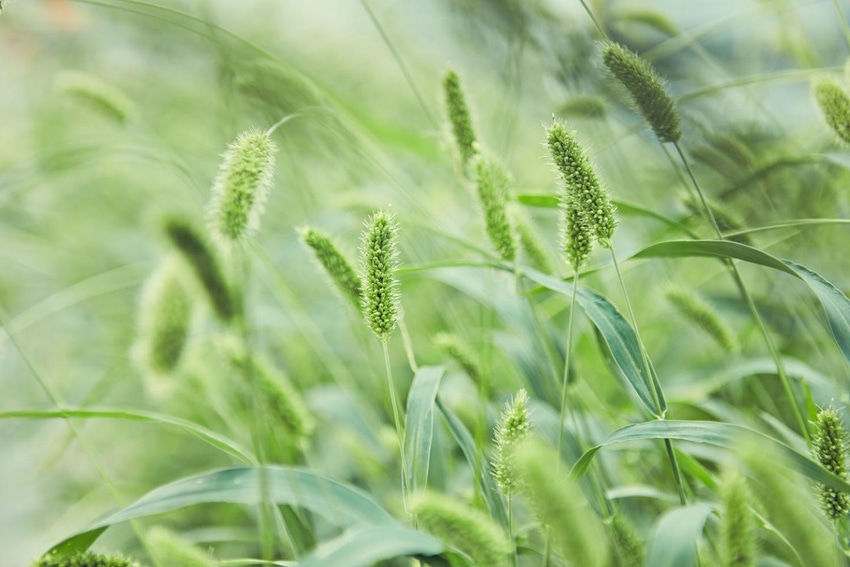Subscribe to Our Newsletters
Feedstuffs is the news source for animal agriculture
New research has identified genes that control vitamin E content in corn grain, while other research points to new mechanisms for increasing grain yield.

You May Also Like